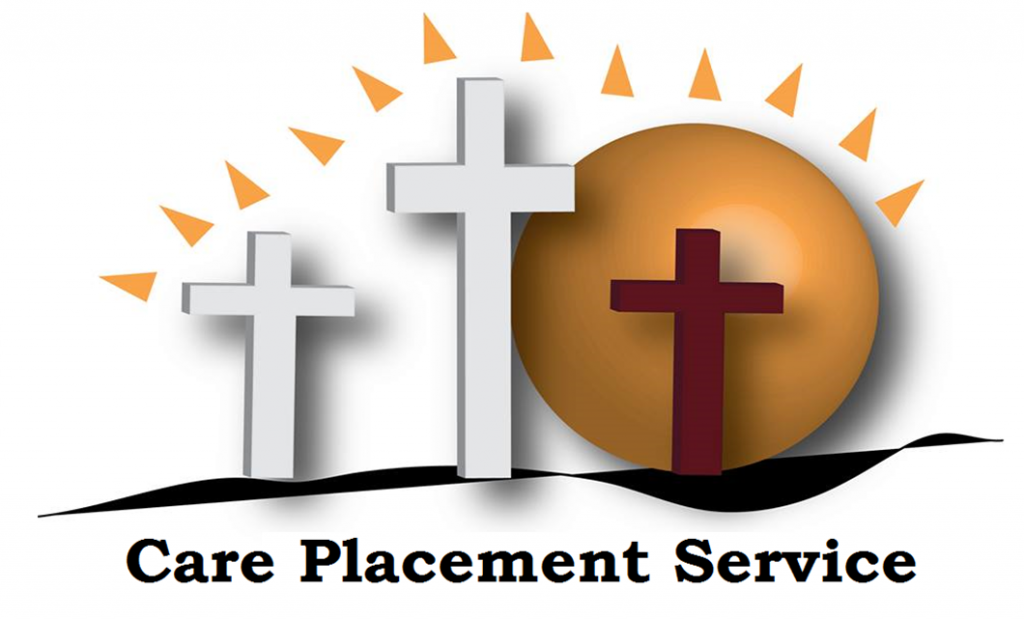
Nobody washes a rented car. That’s the ownership adage. It’s true; ownership makes all the difference. Taking ownership is also the key to personal development. Not much will happen unless we take ownership of our self-improvement, education, or work ethic. “Buy-in to improve” is the prerequisite to success.
Simple But Controversial
It is a simple concept and yet controversial. Take the case of a shelter in Denver for battered women. Its leaders encourage the women in their facility to attend counseling sessions. They found that charging the women a nominal fee of $2.50 per session facilitates learning. The women take the counseling much more seriously when they pay a small fee to attend. A mere $2.50 a session achieved buy-in, and nothing else was as effective. However, the shelter lost an $80,000 government grant because of the charge. Under the grant, all benefits needed to be free. Ultimately the shelter’s leaders had to choose between the $2.50 fee or the $80,000 grant. They choose buy-in even though it put them in a financial bind [i]. They chose buy-in because they knew how important it was to the success of their clients.
“Buy-in To Improve” Saved the Day

I lived through the same problem as a Director with Care Placement Services (CPS). Pastor Susan Lyon formed CPS to function as a nonprofit employment agency to help find jobs for those in poverty. But we had experienced no success with the first 40 clients. We had spent considerable time with them, and even got them job interviews, but often they wouldn’t show up. We learned the hard way that they didn’t really want to go back to work even though they never said that. Their actions didn’t follow their words. They talked a good game, but they were really after something else — participation in the food bank, a free bus pass or other benefits. We were quite concerned in the first board meeting after forming the organization, working with 40 clients and having no success whatsoever. But Lyon had an idea she was sure would work well to solve our problem. She argued for a “membership fee” to establish buy-in.
A Small Fee Can Establish Buy-In
We would separate the willing from the unwilling by charging them a $20 membership fee for our services. If they didn’t have $20, they could volunteer in the office or for another charity, and we would accept that in payment. Lyon argued that we had to be steadfast in the implementation of the fee. If the client was not willing to pay, then we shouldn’t offer help. The $20 would give our clients all of our services including the job search, résumé and interview support, and help with other needs such as housing, clothes and personal hygiene. The $20 served as buy-in to separate those who truly wanted a job from those who wanted something else.
Lyon was adamant about our membership fee. She had lived through this before saying: “You can’t help those that don’t want to be helped. There are too many people just looking for a freebie.” Based on her background those words were particularly poignant.
She Knew People Needed to Invest In Their Own Progress
Lyon had been severely injured as a young mother in a traffic accident and had no means of support. She was helped by family and friends and ultimately by the government safety net. She focused her life on helping the poor. So when she argued for the importance of buy-in, people listened. What she knew from her history and her suffering is that people have to want to help themselves, and without that we are powerless to make a difference in their lives. We can be friendly, pray, hope and nudge, but until buy-in is established, we are not going to make a difference.
So we concluded that we would create the buy-in of $20 and stick to it. Many board members were disappointed that it came to that. We had assumed that our mere presence as mentors armed with jobs and know-how would be enough. Unfortunately, it wasn’t. In the charity and welfare world we just assumed that everyone wants to improve his or her life, and nothing else was needed. Unfortunately, we were not on the same page. We didn’t know that nothing establishes success better than a simple standard of buy-in. Once invested — even at a small figure of $2.50 to receive services — everyone tries harder.
All our charities and welfare programs should be based on establishing buy-in as a condition of success. Without it we are just hoping folks would wash a rented car. We would be waiting a long time
This blog supports the Ultimate Guide on How to Help the Poor – Ideas For Helping the Poor
Blog post adapted from the book Poverty in the U.S., Chapter 10. Here is more information on the book.
[i] Personal discussion by Robert S. Pfeiffer with a director of a nonprofit in Denver, Colorado who wishes not to be identified.